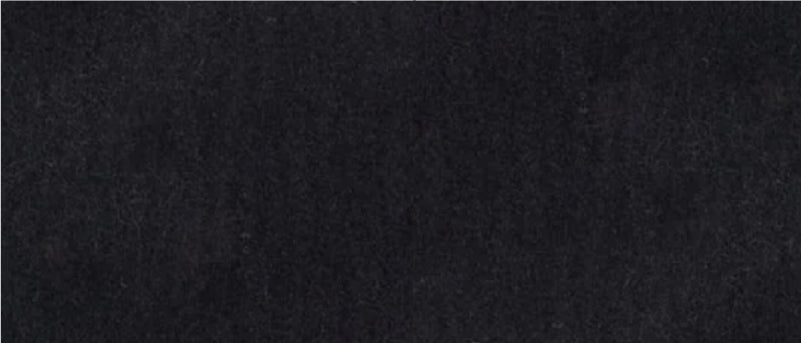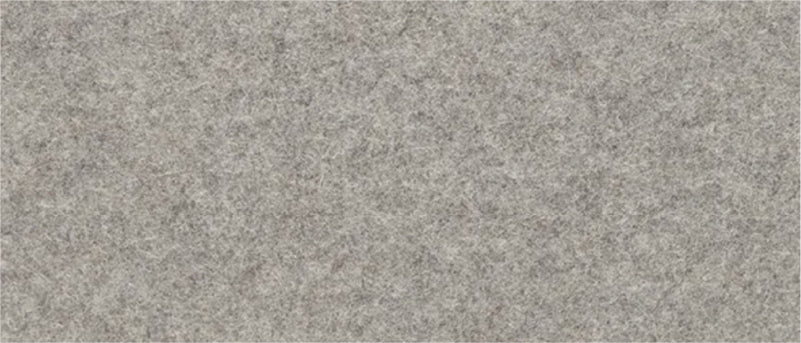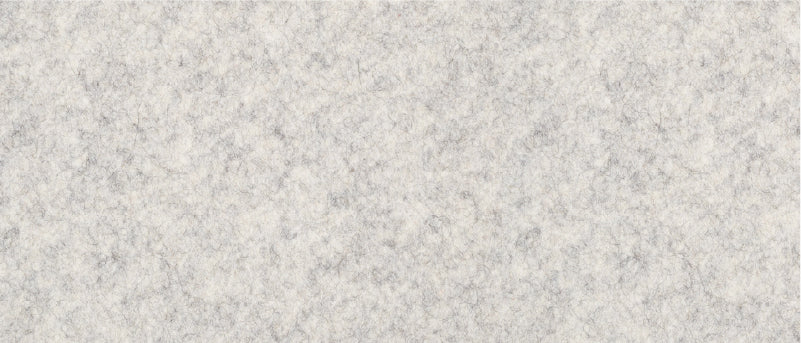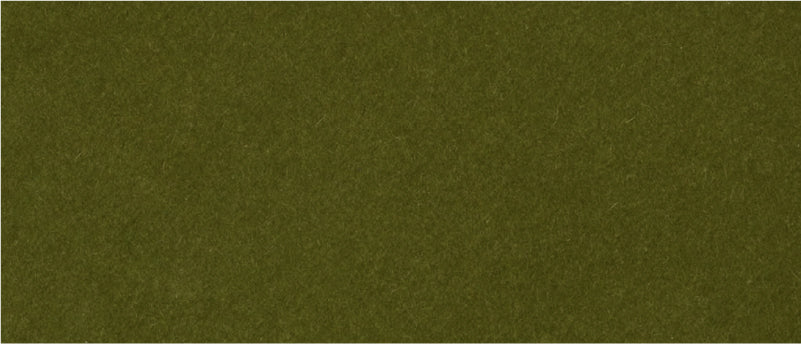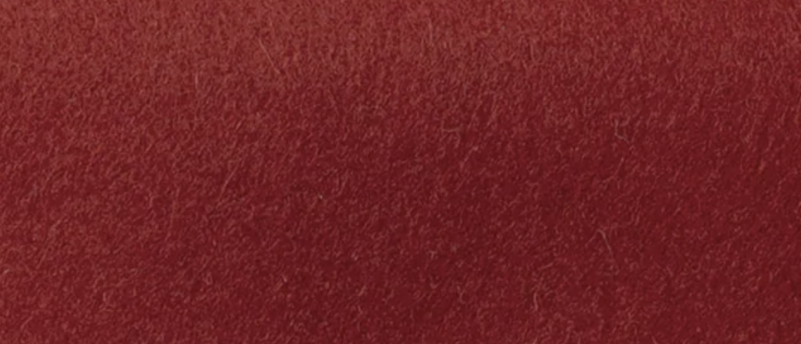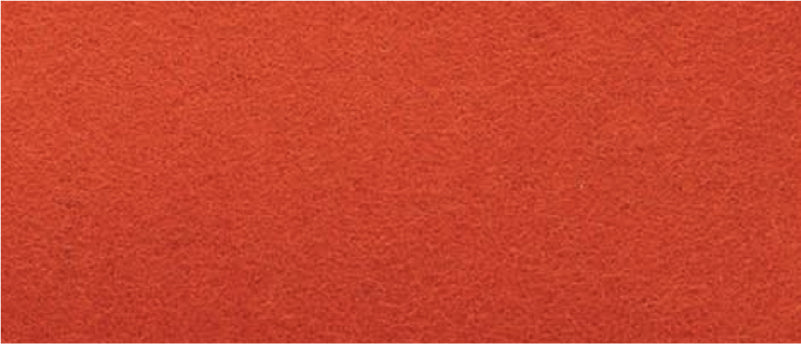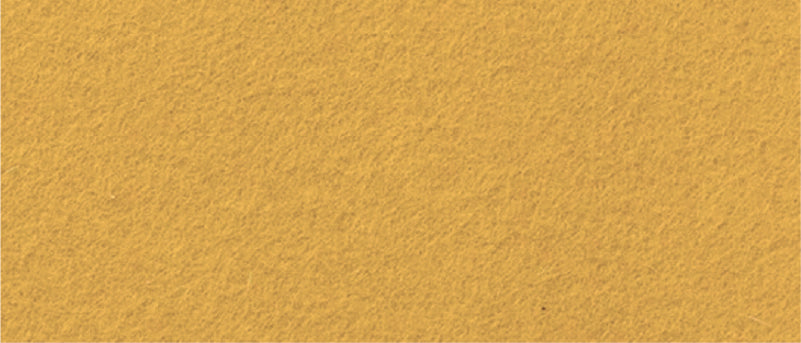Merino Wool
What happens if I spill something on my Merino wool product? First things first, don't panic.
- Water: Great news! Water will not damage Merino wool. In fact, the material is moisture wicking - which is why our coasters are so popular! Just let it air dry. If necessary, lay the product flat with some weight on top just to make sure those wool fibers keep in place.
- Wine, oil, and food
- Wet the spot well with a mix of warm water and light detergent until saturated.
- Massage the stain lightly to break up fibers - wait 2 or 3 minutes.
- Pat – don’t rub - the area firmly with an absorbent paper towel to remove moisture.
- Repeat steps one thru three as necessary until the stain visibly lightens.
- Rinse and repeat until detergent clears.
- Pat (again, don’t rub) surface well and lay flat to dry.
- Dry stains: Lint rollers are the best first option for dry stains - a few passes with a good adhesive roller should reduce dry stains significantly and freshen up any Merino wool product. We recommend doing that anyway with all products to keep them looking fresh.
- Mud stains: The most important thing to do with mud is let it sit and dry (that should be easy enough). Dryness is the key to releasing fine dirt particles. Once dry, lightly beat the felt to knock out the remaining dust as much as possible. Vacuum lightly to finish. Yes, vacuum. It may seem strange, but it works!
A few tips: Make sure the hose attachment is clean; hold the felt securely in place; apply the vacuum with quick up and down motions to the affected area.
Everyday Maintenance
Can Merino wool lose its shape?
Under certain wet conditions, the pressure of a heavy or angular object inside the bag may cause the felt to slightly change shape. Running a steamer or iron lightly over the general area can help return the bag to its original form. After a few light passes of 2 to 3 seconds the area should begin to smooth out. Always err on the side of less passes and less heat. A little help with your fingertips to flatten the area never hurts.
Can I dry clean it?
Dry cleaning is a great way to refresh your bag season to season. Since most of our styles feature a mix of Merino wool and Vachetta leather, we highly recommend using a cleaner who specializes in leather products.
Can I machine-wash my felt products?
Absolutely not - seriously, don't do it.
Canvas
Our canvas in small batches in LA and sew them at our very own factory. They're hand frayed for a relaxed look and trimmed in Vachetta leather.
Cleaning
We recommend treating your bag before use with a fabric protector like Scotchgard or Fabric Guard for water and stain proofing.
Spot clean any area that has a set-in stain. Our dyes are strong; start with a standard stain remover per product directions and timing to weaken the stain. Next, with a fine spray bottle or damp cloth, wet the area with a mild detergent solution and massage till the stain lifts. To rinse, apply fresh water with an absorbent towel repeatedly until the detergent is removed. Air dry.
Leather
Vachetta leather is as old as civilization itself and still has no rival. Like everything we do, there are reasons we choose Vachetta Leather exclusively for most of our products. From a design standpoint, it’s hard to resist the perfect blend of beauty and utility.
Care
- Leather professional - The easiest and most sure way to take care of stains and scrapes is to ask a professional. Your local shoe repair will know exactly what to do for most any problem.
- Even Coverage while treating - Whether its a simple wipe down with water and a damp sponge or the application of waxes, balms or oils, consistent coverage and distribution across the full face of the leather panel is key for even blending in the final look. Do not spot clean or spot spot apply.
- Surface stains, smudges and dirt - Use a simple lime juice solution. A lime water treatment is the best way to clean light surface stains, but it is also used to maintain the original light hue for a longer time. Directions: Mix ½ cup water, fresh squeezed juice from 1 lime, 2-3 drops of bleach. Dampen a sponge or cloth with the lime solution and wipe evenly over the entire face of the leather panel. Do not spot clean. Let dry. Repeat as needed.
- Waxes, creams & oil treatments -When applying oils, waxes, creams or soaps the leather will naturally begin to look darker. Waxes and creams darken less because they are mostly surface treatments and tend to lighten with time. Oils go in deep and stay. The same rules of application apply. Smooth and even coverage is always the best method.
Face Mask
- Although we take all steps in keeping sanitary and healthy production please make sure to launder masks before using.
- Machine Wash Warm.
- Lay Flat to Dry.Do not Bleach.
- You may spray with alcohol to disinfect.
- Do not fold the nose band in half - to ensure its quality please only carefully bend the nose band. Folding it completely in half repeatedly will cause it to break.
Linen Masks
- Although we take all steps in keeping sanitary and healthy production please make sure to launder masks before using.
- Machine Wash Warm.
- Lay Flat to Dry.
- Do not Bleach.
- You may spray with alcohol to disinfect.
- Do not fold the noseband in half - to ensure its integrity please only carefully bend the nose band. Folding it completely in half repeatedly will cause it to break.
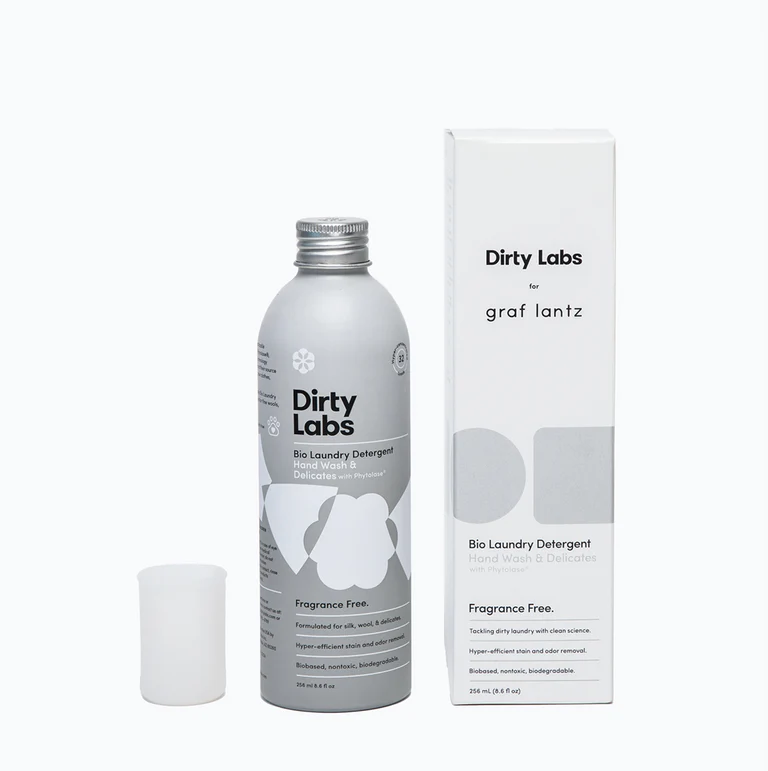
Dirty Labs for Graf Lantz
Instructions:
Use Dirty Labs Hand Wash & Delicates formula to spot clean your Graf Lantz products by diluting the detergent with water for a 1:1 solution. We suggest using a small amount (e.g. one teaspoon).
Apply a bit of solution directly onto the stain, using a cotton swab or small toothbrush to pinpoint the application.
Press area repeatedly with fingertips to make sure the solution works its way deeply into the felt.
Let stand 10 minutes to soften residue and break down oils between the fibers
Dab out as much solution as possible with an absorbent cloth or paper towel
Rinse the solution out by applying fresh water generously with a spray bottle or spray faucet to the affected area.
Dab again with an absorbent cloth or paper towel.
Repeat steps 6 and 7 until solution and stain is removed.
Lay flat until dry.
Have another wild dinner party, set an amazing table, repeat steps above post-party.

